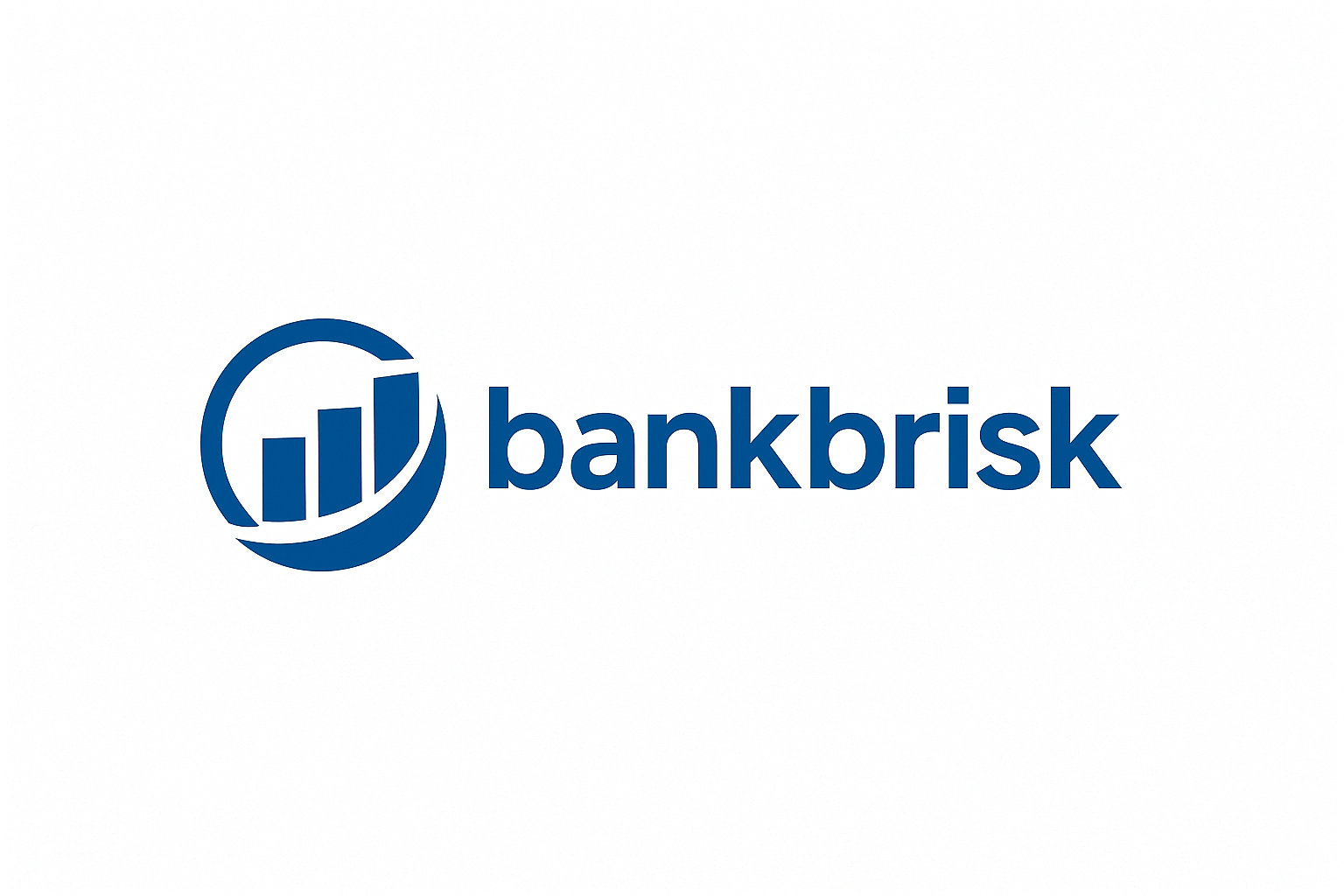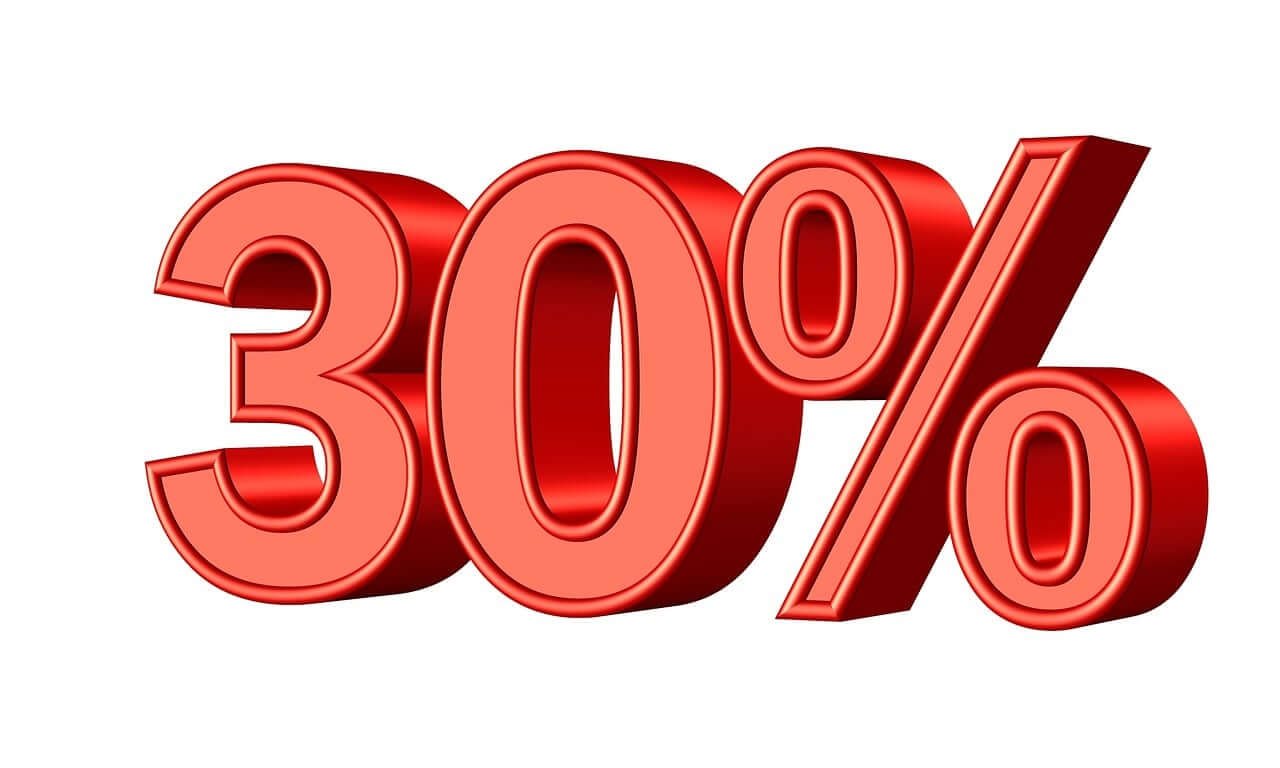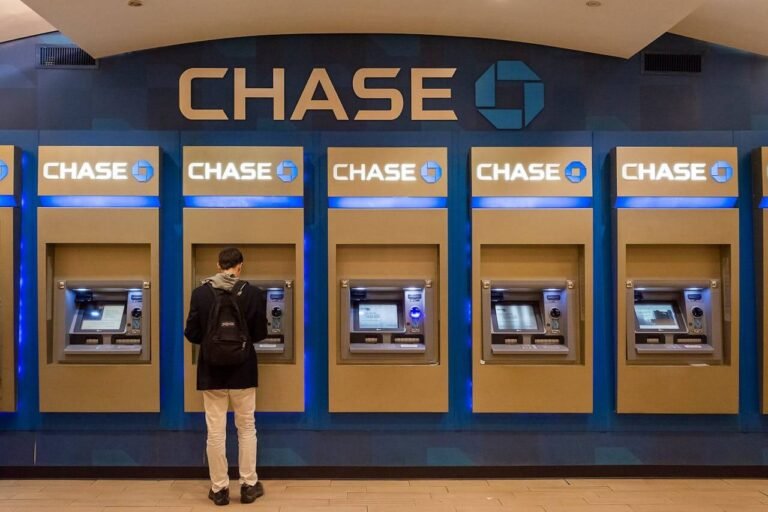High Yield Savings Account vs CD: Which Is Right for You? Savers looking to maximize returns on their cash face an interesting decision in 2026.
High yield savings accounts and certificates of deposit both offer substantially better returns than traditional savings accounts, with rates hovering around 4.00% to 5.00% APY. The national average for standard savings accounts remains stuck at 0.40%, making either alternative exponentially more lucrative.
However, these two savings vehicles function differently and serve distinct purposes. Understanding their respective advantages, limitations, and ideal use cases helps you determine which option aligns better with your financial goals and circumstances.
High-Yield Savings Calculator
Final Balance
$0.00
Total Deposits
$0.00
Interest Earned
$0.00
Understanding High Yield Savings Accounts
High yield savings accounts operate like traditional savings accounts but pay significantly higher interest rates. Online banks primarily offer these accounts, using their lower overhead costs to pass savings to customers through competitive APYs.
As of November 2025, the best high yield savings accounts offer rates between 4.00% and 5.00% APY. These rates remain variable, meaning banks can adjust them at any time based on Federal Reserve policy changes and competitive pressures. After the Fed reduced rates to 4.00%-4.25% at its September 2025 meeting, savings account rates have begun declining, though they remain substantially higher than traditional banking products.
Key Features of High Yield Savings Accounts
These accounts offer instant liquidity. Using normal ACH transfers, you can move funds to your connected checking account in as little as one to three business days. For urgent situations, certain banks now provide same-day transfers. High yield savings accounts are perfect for emergency savings and money you could need quickly because of their accessibility.
Interest compounds daily on most high yield accounts, with the bank crediting your earned interest monthly. This frequent compounding accelerates growth compared to simple interest calculations. The accounts carry FDIC insurance protecting deposits up to $250,000 per depositor, per institution, providing complete principal protection.
Certificates of Deposit Calculator
Calculate your potential earnings with a Certificate of Deposit
About Certificates of Deposit
What is a Certificate of Deposit?
A Certificate of Deposit (CD) is a time deposit offered by banks and credit unions that provides a fixed interest rate for a specified term. Unlike savings accounts, CDs require you to commit your money for a set period, typically ranging from a few months to several years. In exchange for this commitment, banks generally offer higher interest rates compared to regular savings accounts.
How Certificates of Deposit Work
When you open a CD, you agree to leave your money deposited for a fixed term. In return, the financial institution pays you a fixed interest rate that is typically higher than what you would earn in a standard savings account. At the end of the term (maturity date), you can withdraw your initial deposit plus the accumulated interest or renew the CD for another term.
CD Interest Calculation Formula
The future value of a Certificate of Deposit with compound interest is calculated using the formula:
Where:
- A = Final account balance
- P = Initial principal balance
- r = Annual interest rate (in decimal form)
- n = Number of times interest is compounded per year
- t = Time the money is invested for (in years)
Annual Percentage Yield (APY)
APY is the effective annual rate of return taking into account the effect of compounding interest. The formula for APY is:
APY provides a more accurate measure of the actual return on your investment compared to the nominal interest rate.
Early Withdrawal Penalties
CDs typically impose penalties if you withdraw your money before the maturity date. These penalties vary by institution but commonly include:
- Interest Penalty: Forfeiting a certain number of months' worth of interest (e.g., 3 months, 6 months, or 12 months)
- Principal Penalty: A percentage of the principal amount (less common)
These penalties can significantly reduce or even eliminate your earnings, so it's important to choose a CD term that matches your financial timeline.
Types of CDs
- Traditional CDs: Fixed interest rate and fixed term
- Bump-up CDs: Allow you to request a rate increase if market rates rise
- Step-up CDs: Have predetermined rate increases at specific intervals
- Liquid CDs: Allow some penalty-free withdrawals before maturity
- Callable CDs: Can be "called" or redeemed by the bank before maturity
- Brokered CDs: Sold through brokerage firms and may be traded on a secondary market
Benefits of Certificates of Deposit
- Higher Interest Rates: CDs typically offer better returns than traditional savings accounts
- Fixed Returns: Your interest rate is guaranteed for the entire term
- Safety: CDs are FDIC-insured up to $250,000 per depositor, per institution
- Predictable Growth: You know exactly how much you'll earn at maturity
- Low Risk: CDs are considered one of the safest investment options
Considerations Before Opening a CD
- Liquidity: Your money is tied up for the entire term, with penalties for early withdrawal
- Inflation Risk: If inflation rises above your CD's interest rate, your purchasing power may decrease
- Opportunity Cost: If interest rates rise, you're locked into the lower rate until maturity
- Minimum Deposits: Many CDs require higher minimum deposits than savings accounts
- Reinvestment Risk: When your CD matures, you may have to reinvest at lower prevailing rates
Understanding Certificates of Deposit
Certificates of deposit are time deposits in which you promise to keep your money unaltered for a predetermined period of time, usually three months to five years or more. Banks usually offer set interest rates in return for this commitment, which stay the same for the duration of the CD.
Current CD rates in October 2025 range from approximately 4.00% to 4.35% APY depending on the term length and institution. Top rates currently come from three-month and six-month CDs, with longer terms paying similar or sometimes slightly lower rates as markets anticipate continued Federal Reserve rate cuts.
Key Features of Certificates of Deposit
CDs lock in your interest rate at account opening. Regardless of what happens to market rates during your CD's term, you receive the agreed-upon rate. If rates decline after you open your CD, you benefit from having secured the higher rate. Conversely, if rates rise significantly, you'll miss out on potential higher returns unless you pay early withdrawal penalties to access your funds.
These accounts sacrifice liquidity for rate security. Withdrawing money before maturity triggers early withdrawal penalties that typically equal several months of interest earnings. The penalty structure varies by institution and term length but generally increases with longer CD terms.
Comparing Current Rates
The rate difference between high yield savings accounts and CDs has narrowed considerably in recent months. While CDs historically paid premium rates compared to savings accounts, current market conditions have largely equalized returns.
Top high yield savings accounts currently offer up to 5.00% APY, while the best CD rates reach approximately 4.35% APY. This represents an unusual situation where liquid savings accounts occasionally outpay CDs—a reversal of traditional patterns. However, this gap varies by institution, and many CDs still match or slightly exceed comparable high yield savings rates.
Rate Trajectory Considerations
The Federal Reserve's monetary policy heavily influences both account types. As the Fed continues reducing rates—additional cuts are anticipated before year-end 2025—savings account rates will likely decline further. Banks typically lower variable savings rates relatively quickly after Fed actions.
CD rates also decline in response to Fed cuts, but opening a CD today locks in current rates for your chosen term. A 12-month CD opened at 4.25% APY will pay that rate for the full year regardless of further rate reductions. A high yield savings account starting at 4.50% APY might drop to 4.00%, 3.75%, or lower if rates continue falling.
Accessibility and Flexibility
When it comes to giving you access to your money, high yield savings accounts thrive. You can start a transfer and have money ready in a matter of days if unforeseen costs crop up. Financial experts usually advise keeping three to six months' worth of spending in conveniently accessible savings, which makes them useful for emergency cash.
Because of their limitations, CDs are not suitable for emergency funds. Generally speaking, no-penalty CDs pay lower rates than regular CDs, yet some banks do provide them that permit early withdrawals without incurring fines. Short-term CDs have early withdrawal penalties of 60 to 180 days of interest, whereas longer-term CDs have penalties of 180 to 365 days or more.
When Access Matters Most
Consider your realistic need for fund access. Money earmarked for a specific purchase date 12 months from now suits a 12-month CD perfectly. You know you won't need the money earlier, so sacrificing liquidity poses no real disadvantage. Emergency savings that might be needed at any time demands high yield savings account flexibility.
Some savers split their savings between both account types. They maintain emergency funds in high yield savings accounts for quick access while placing goal-specific money in CDs matching their goal timelines. This hybrid approach optimizes both liquidity and returns.
Calculating Potential Earnings
To understand how much you might earn with each option, consider using specialized tools. A high yield savings account calculator helps project savings growth with variable rates and regular contributions. For fixed-rate products, a CD calculator shows exactly what your deposit will be worth at maturity based on locked-in rates.
Let's examine a practical scenario: You have $10,000 to save for one year. A high yield savings account currently paying 4.50% APY would grow to approximately $10,460 if the rate remained constant. However, if rates drop to 4.00% after six months, your ending balance falls to around $10,425.
A 12-month CD opened at 4.25% APY guarantees an ending balance of $10,425 regardless of rate changes. If savings rates do decline, the CD delivers superior returns despite starting with a lower rate. If rates somehow increase, the savings account would potentially outperform, though this scenario seems unlikely given current monetary policy direction.

Interest Compounding Differences
High yield savings accounts typically compound interest daily and credit it monthly. This frequent compounding creates a slight advantage over annual compounding. CD compounding varies by institution—some compound daily, others monthly or quarterly, and some only at maturity.
When comparing specific accounts, verify the compounding frequency. Two CDs advertising 4.25% APY might deliver different returns if one compounds daily while the other compounds quarterly. The difference might seem minor on small balances but becomes meaningful with large deposits.
Minimum Deposit Requirements
High yield savings accounts generally require minimal or no minimum deposits. Many online banks allow you to open accounts with $1 or even $0, making them accessible regardless of your starting point. You earn the full advertised rate on every dollar from day one.
CDs often impose minimum deposit requirements ranging from $500 to $2,500, though some require as little as $1. Jumbo CDs requiring $100,000 or more sometimes pay premium rates, though this advantage has diminished recently. The minimum requirements can exclude some savers from CD access or force them to choose between multiple smaller CDs or a single larger one.
Tax Implications Are Identical
Taxable interest income from CDs and high yield savings accounts is reported on Form 1099-INT. Interest from both kinds of accounts is taxed at your marginal rate by the IRS as regular income. There are no tax benefits associated with either choice.
Your interest gets taxed in the year earned regardless of whether you withdraw it. CD interest earned throughout the year appears on that year's tax return even though you can't access the money until maturity. High yield savings interest that remains in your account still gets taxed when earned.

Building CD Ladders for Flexibility
CD ladders represent a strategy for balancing rate benefits with improved liquidity. Rather than putting all money in a single long-term CD, you divide funds across multiple CDs with staggered maturity dates.
For example, you might split $10,000 into five $2,000 CDs maturing in 6, 12, 18, 24, and 30 months respectively. Every six months, a CD matures, providing access to funds if needed. If you don't need the money, you can roll it into a new 30-month CD, maintaining the ladder. This structure provides regular access points while capturing longer-term rates.
Combining Ladders with Savings Accounts
Some sophisticated savers maintain both CD ladders for predictable savings and high yield savings accounts for emergency funds. The ladder provides rate stability and structured saving for mid-term goals. The savings account handles unexpected expenses and ongoing contributions until amounts grow large enough to open new CD rungs.
Ideal Use Cases for Each Account Type
High yield savings accounts serve best for emergency funds, short-term savings for upcoming expenses with uncertain timing, and money you're actively building through regular deposits. The flexibility to add money anytime and withdraw if necessary without penalties makes them versatile savings tools.
CDs work well for goal-based saving with known timelines—saving for a down payment on a house purchase planned for exactly one year from now, for instance. They also suit money you've accumulated but don't need immediately, allowing you to earn slightly higher guaranteed returns without liquidity concerns. CDs appeal to savers who want rate predictability and view restricted access as a helpful safeguard against impulse spending.
How To Make Your Decision
Choose a high yield savings account if you need regular access to funds, want flexibility to add money frequently, prioritize liquidity over marginal rate differences, or are building emergency savings from scratch. These accounts accommodate changing financial circumstances while providing competitive returns and complete safety.
Select a CD if you have a lump sum you won't need for a specific time period, want to lock in current rates before anticipated declines, value the discipline of restricted access, or are implementing a CD ladder strategy. CDs provide rate certainty that helps with financial planning and budgeting.
Consider using both if you have sufficient funds to divide between emergency savings requiring liquidity and goal-specific savings that can be temporarily locked. This balanced approach captures the benefits of each account type without forcing an either-or decision.
Current Market Environment Considerations
The October 2025 environment presents interesting dynamics. The Federal Reserve reduced rates in September 2025 and markets anticipate additional cuts before year-end. This context favors CDs for money you can commit to specific terms, as you lock in today's rates before they potentially decline further.
However, the rate difference between products remains modest. High yield savings accounts paying 4.50% versus CDs at 4.25% means sacrificing only 0.25% APY—$25 annually on a $10,000 balance, for complete flexibility. That trade-off may prove worthwhile if unexpected expenses arise requiring fund access.
Watch rate trends at your chosen institutions. If your high yield savings account rate drops to 3.75% while CDs still offer 4.25%, the calculus shifts toward CDs for money you can safely lock up.
Final Recommendations
Neither option is universally superior—the right choice depends entirely on your specific circumstances, goals, and preferences. High yield savings accounts deliver flexibility, ease of use, and competitive returns ideal for emergency funds and near-term savings. CDs provide rate stability and slightly higher returns for money you can commit to specific timeframes.
Most financially healthy individuals benefit from maintaining both types of accounts for different purposes. Your emergency fund belongs in a high yield savings account. Money saved for a known expense 18 months away might work better in an 18-month CD. Regular monthly savings initially accumulate in high yield accounts until balances justify opening new CDs.
Evaluate your timeline, access needs, comfort with restricted funds, and rate preferences. Use the calculators mentioned earlier to model different scenarios and see concrete projections. Then choose the option, or combination of options, that best aligns with your financial situation and helps you reach your goals most effectively.




